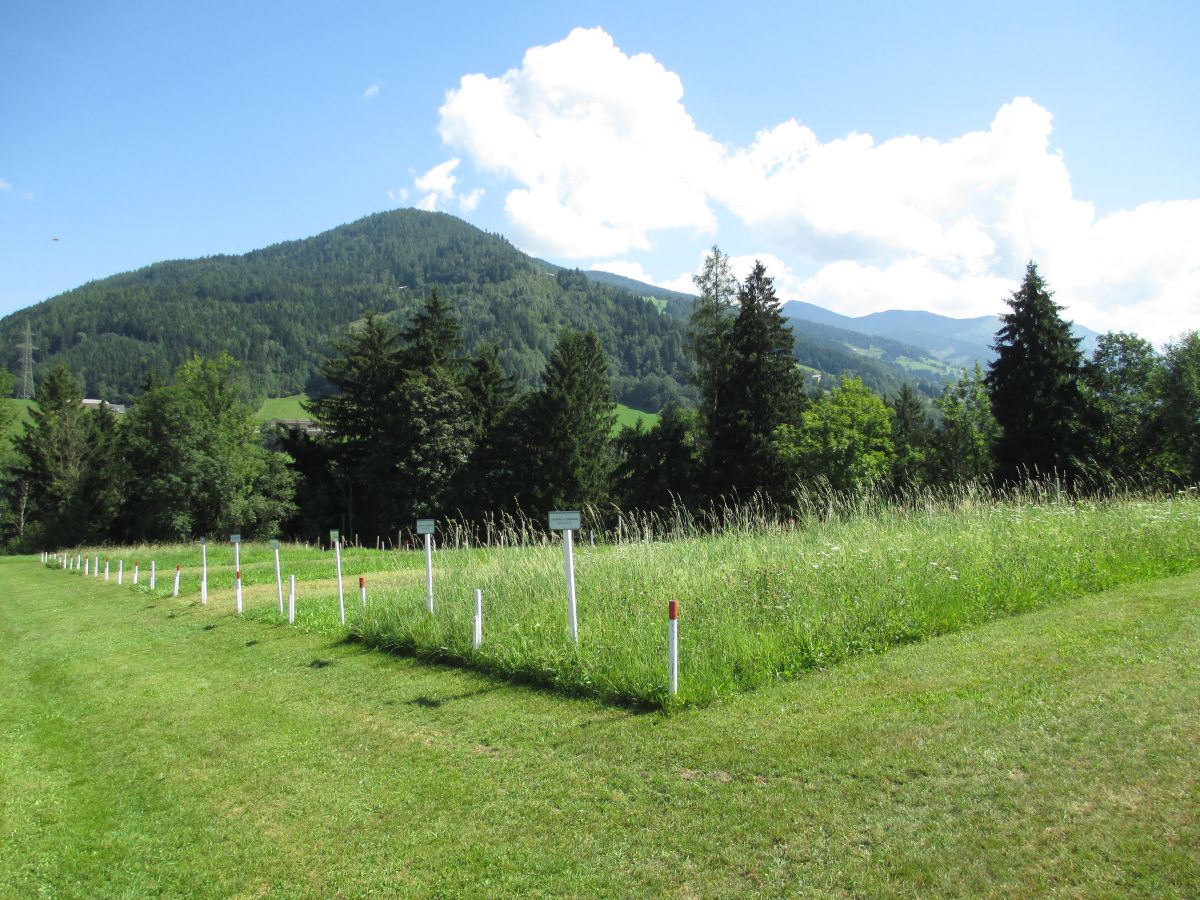Plant-microbe associations

Plant-associated habitats in soil, such as the rhizosphere, represent more favorable situations for microorganisms, as plant roots excrete carbon compounds that can be readily utilized. In several projects, we investigate how plants influence the microbial community structure and as well as activity in their vicinity and the effect of this association. One focus are bacteria that fix atmospheric N2 in association with plants, as the carbon-rich rhizosphere could be a suitable niche for them considering the high energy demand for this process. We are currently investigating diazotrophs associated with grasses and herbs in an Austrian Alpine grassland, with the goal to decipher the processes influencing the diazotroph community assembly and activity, such as fertilization and vegetation. For our investigations of diazotrophs in soils, we developed a toolbox of stable-isotope labeling techniques along with a bioinformatic pipeline, NifMAP, to analyze nifH amplicons.
Another focus is the plant-ectomycorrhiza-bacteria symbiosis, where we explored the assembly of bacteria and were able to follow the transfer of recent plant photosynthates to ectomycorrhizal hyphae-associated bacteria via nanoSIMS. The Woebken group is also involved in a project led by Veronika Mayer investigating microbial communities in tropical ant-plant associations. In an exciting new project, we are studying the associated microbiome of halophytic plants together with Stefanie Wienkoop with the goal to decipher the beneficial effects of this association.
Selected publications:
Nepel M, Mayer VE, Barrajon-Santos V, Woebken D. 2023. Bacterial diversity in arboreal ant nesting spaces is linked to colony developmental stages. Communications Biology. 6:1217.
Schmidt H, Gorka S, Seki D, Schintlmeister A, Woebken D. 2023. Gold-FISH enables targeted NanoSIMS analysis of plant-associated bacteria. New Phytologist. 240:439-451.
Dietrich M, Montesinos-Navarro A, Gabriel R, Strasser F, Meier DV, Mayerhofer W, Gorka S, Wiesenbauer J, Martin V, Weidinger M, Richter A, Kaiser A, Woebken D. 2022. Both abundant and rare fungi colonizing Fagus sylvatica ectomycorrhizal root-tips shape associated bacterial communities. Communications Biology 5:1261.
Nepel M*, Pfeifer J, Oberhauser FB, Richter A, Woebken D*, Mayer VE. 2022. Nitrogen fixation by diverse diazotrophic communities can support population growth in arboreal ants. BMC Biology. 20:135. (*co-corresponding authors).
Mayerhofer W, Schintlmeister A, Dietrich M, Gorka S, Wiesenbauer J, Martin V, Gabriel R, Reipert S, Weidinger M, Clode P, Wagner M, Woebken D, Richter A, Kaiser C. 2021. Recently photoassimilated carbon and fungal-delivered nitrogen are spatially correlated at the cellular scale in the ectomycorrhizal tissue of Fagus sylvatica. New Phytologist 232:2457–2474.
Gorka S, Dietrich M, Mayerhofer W, Gabriel R, Wiesenbauer J, Martin V, Zheng Q, Imai B, Prommer J, Weidinger M, Schweiger P, Eichorst SA, Wagner M, Richter A, Schintlmeister A, Woebken D*, Kaiser C*. 2019. Rapid transfer of plant photosynthates to soil bacteria via ectomycorrhizal hyphae and its interaction with nitrogen availability. Frontiers in Microbiology 10:168. (*co-corresponding authors)
